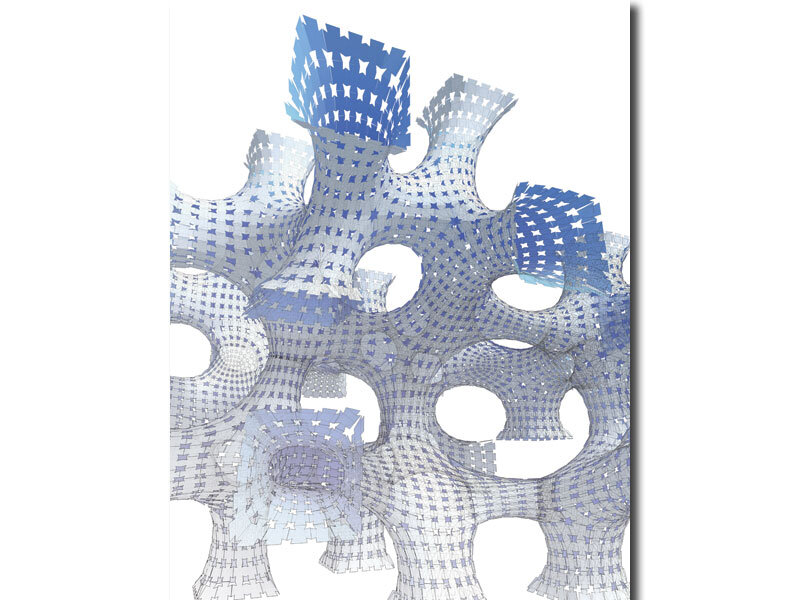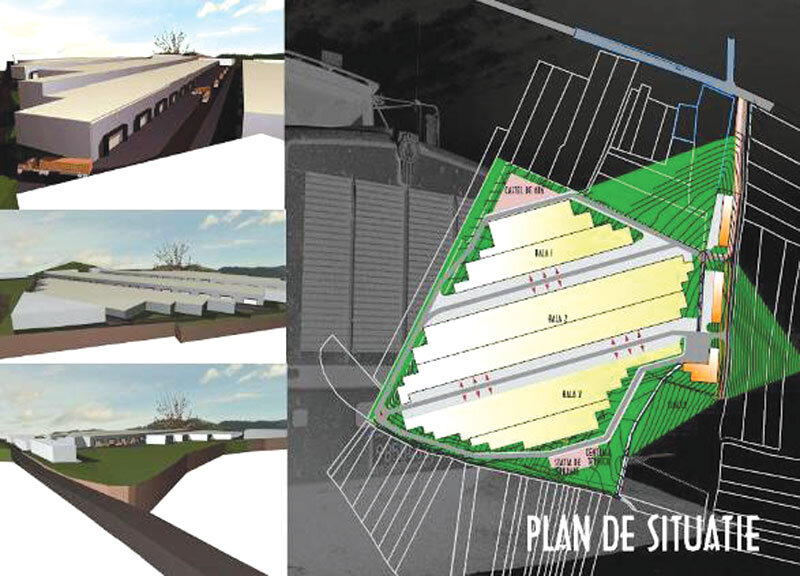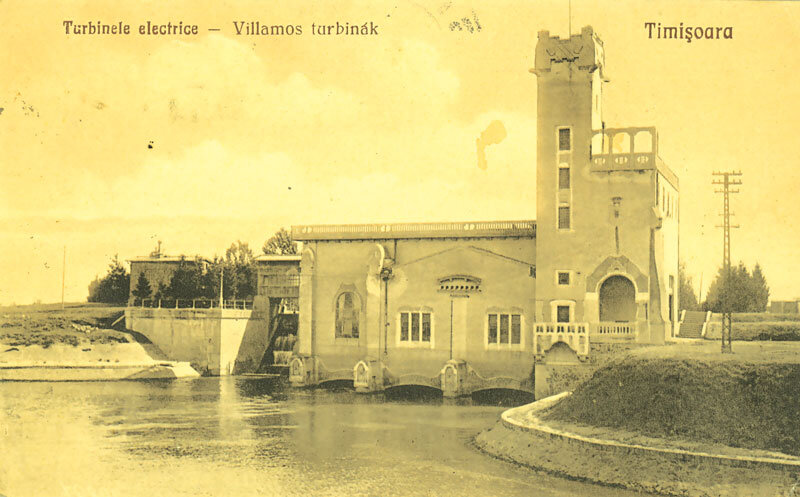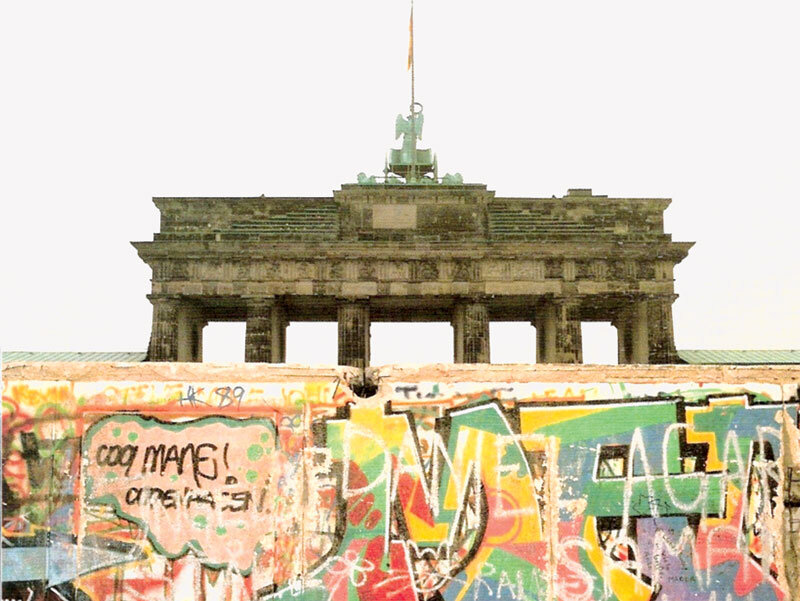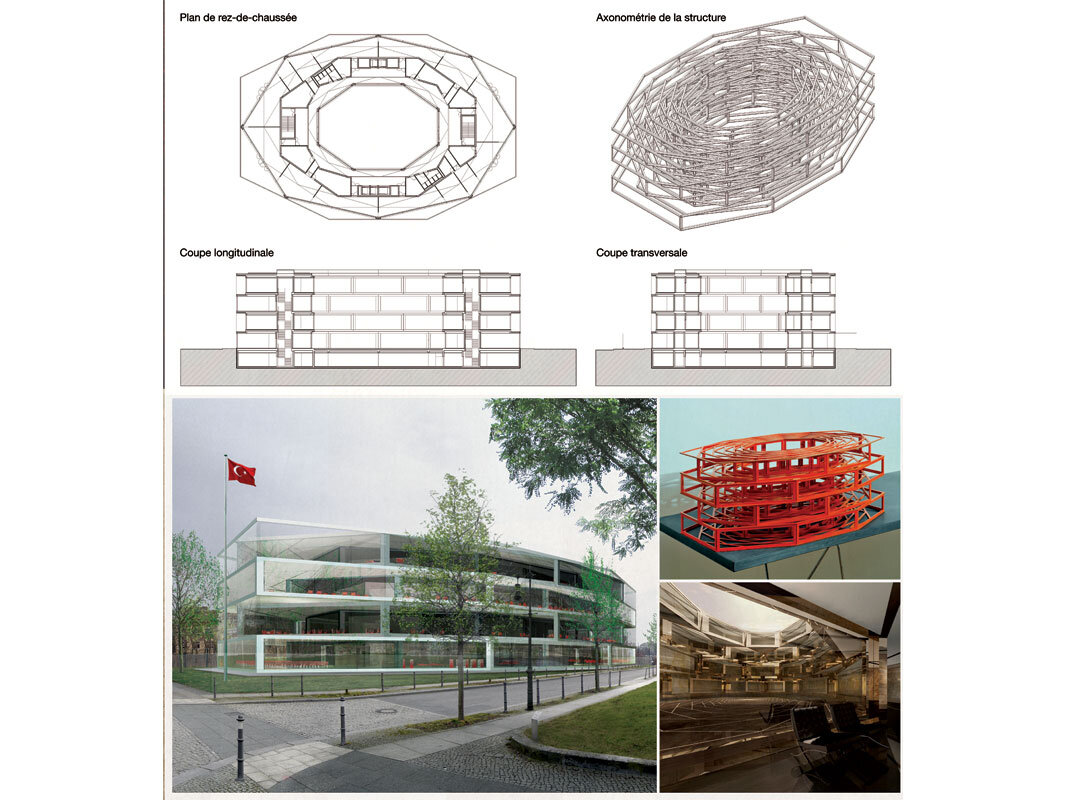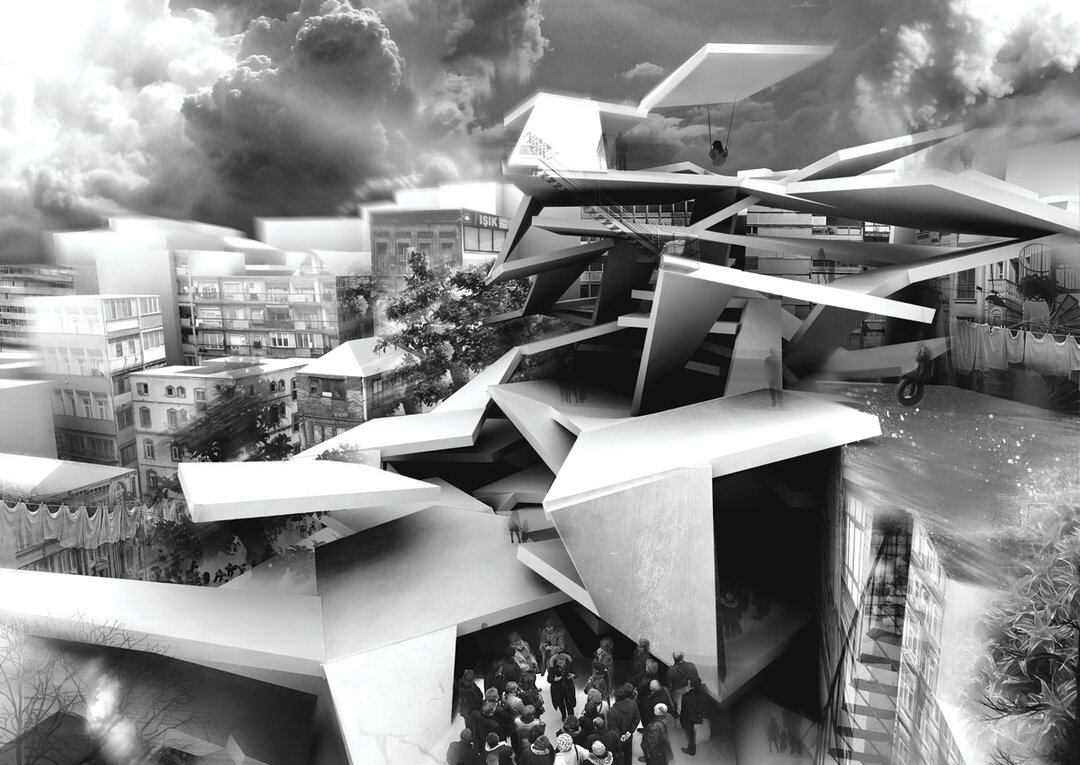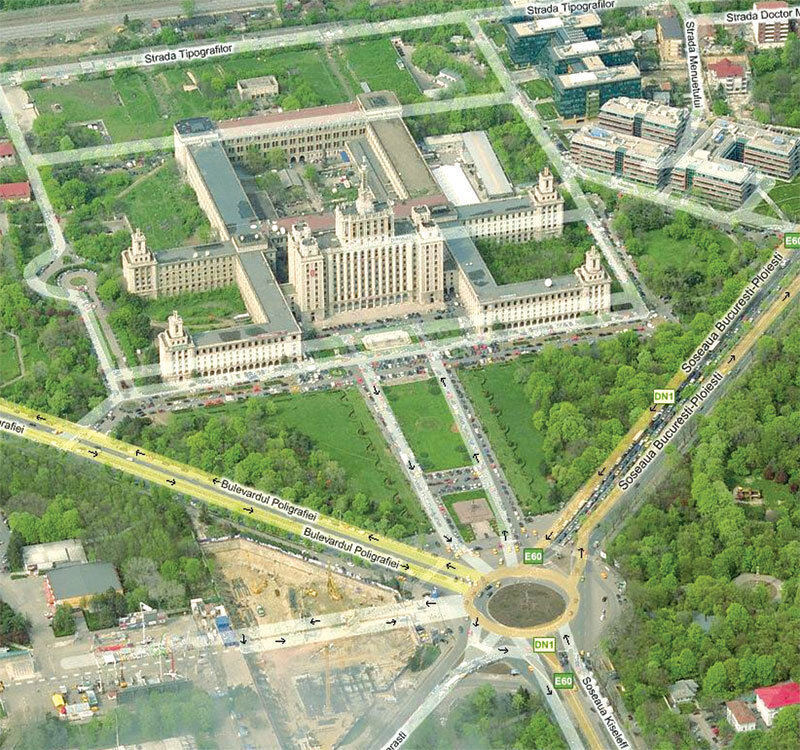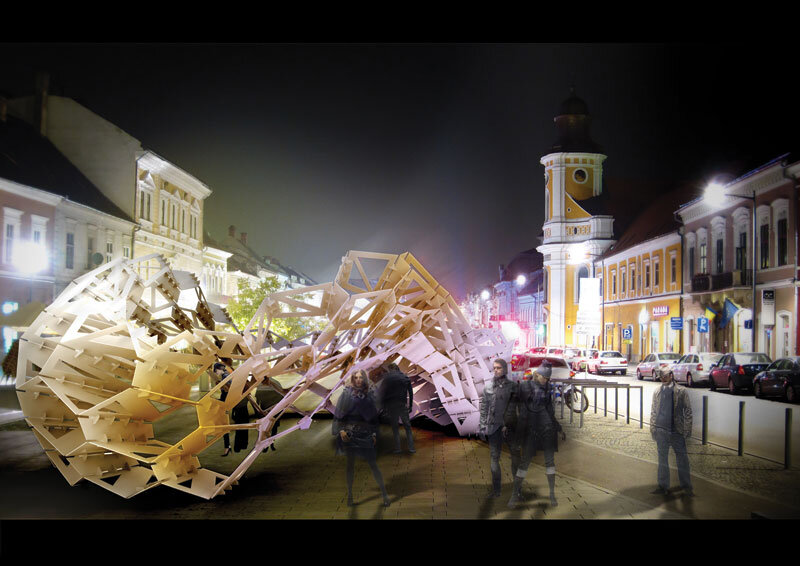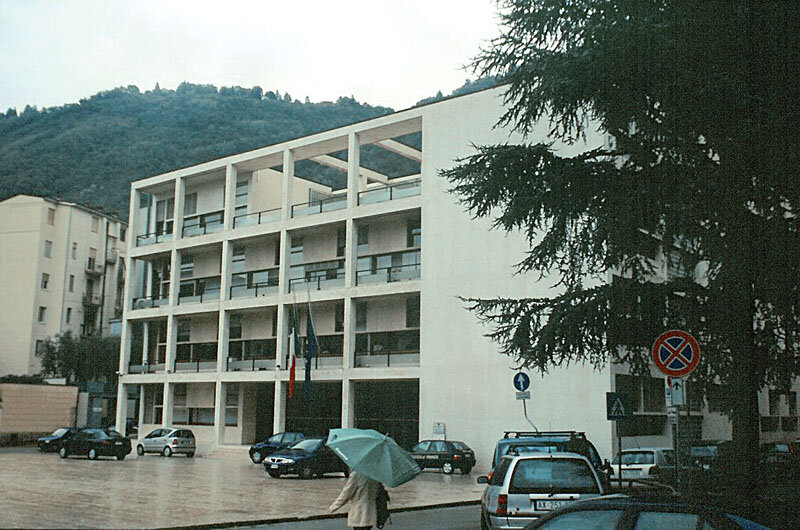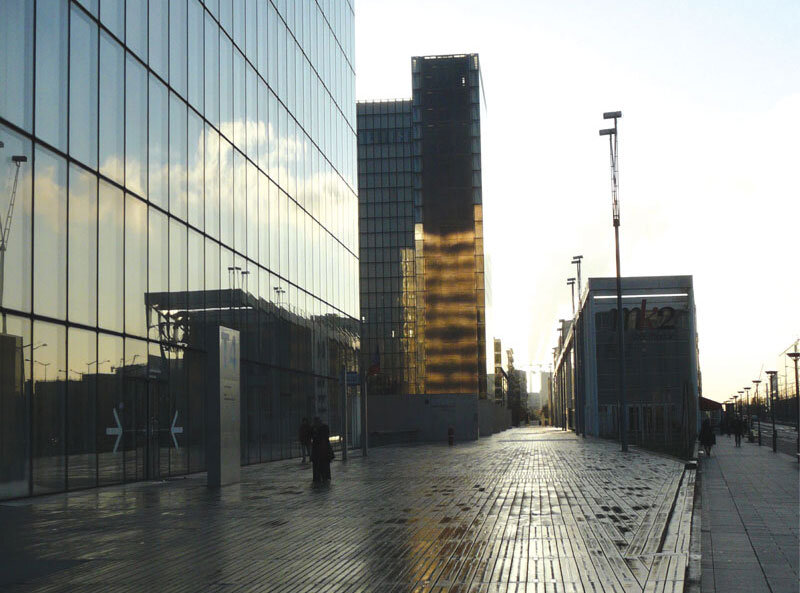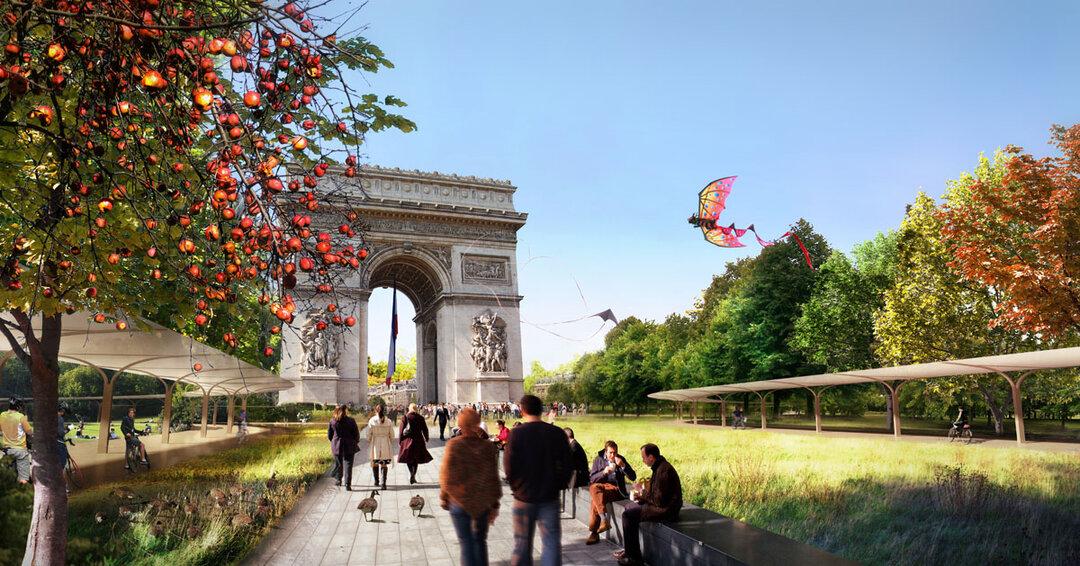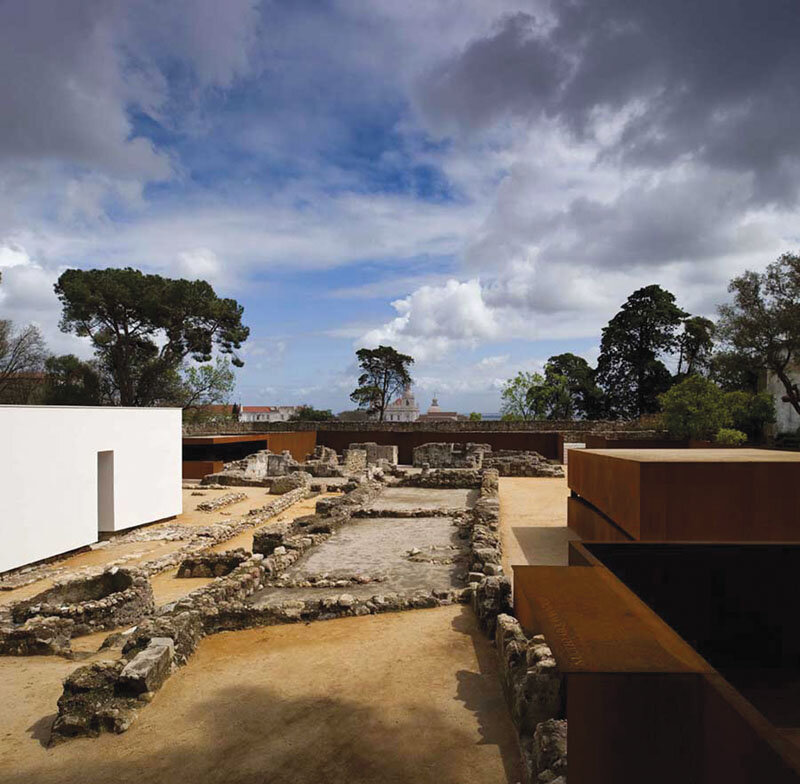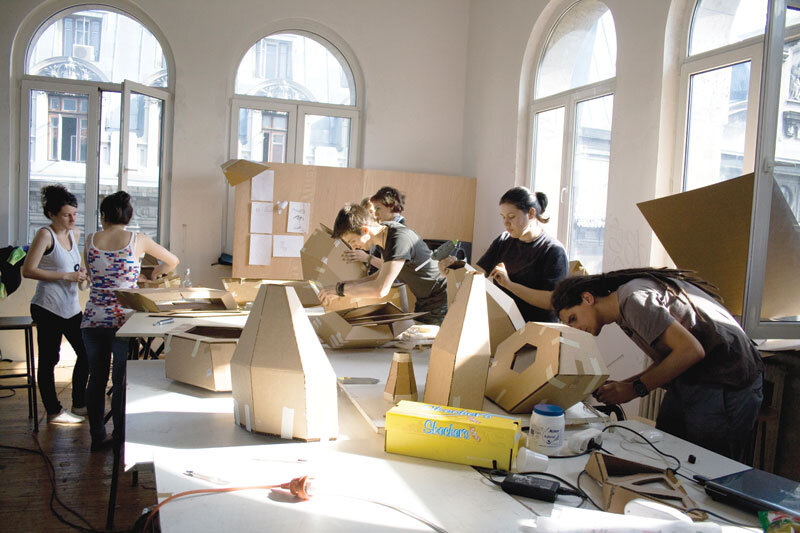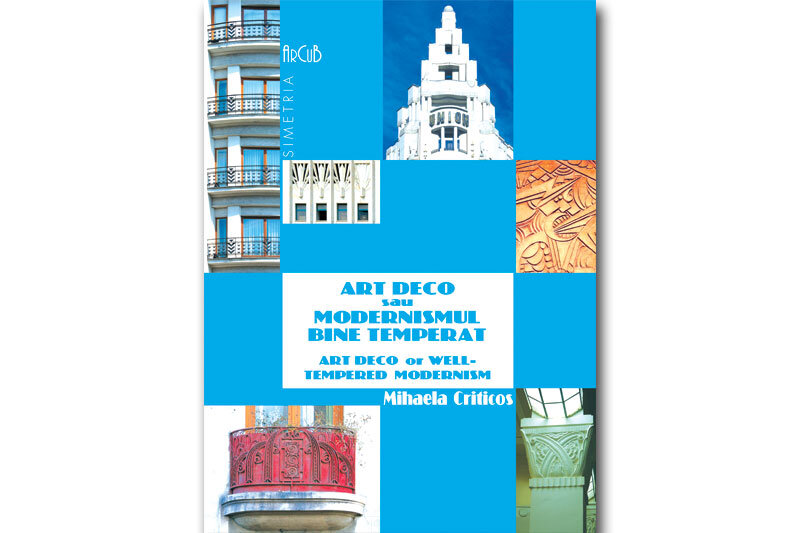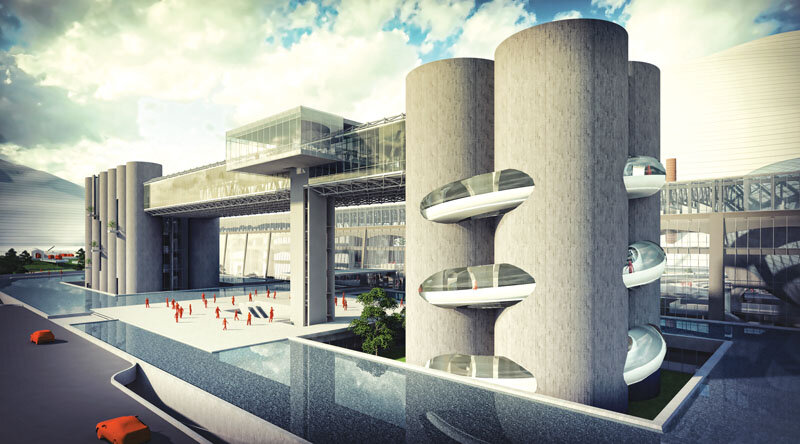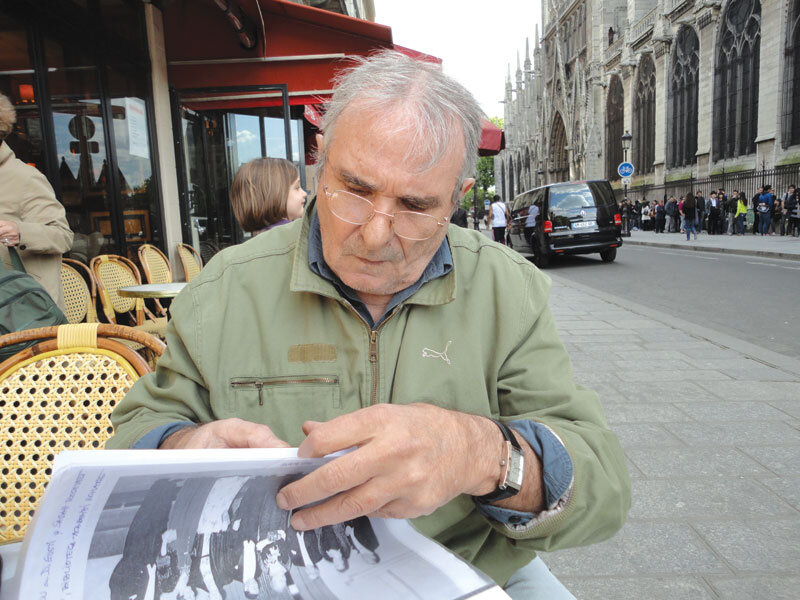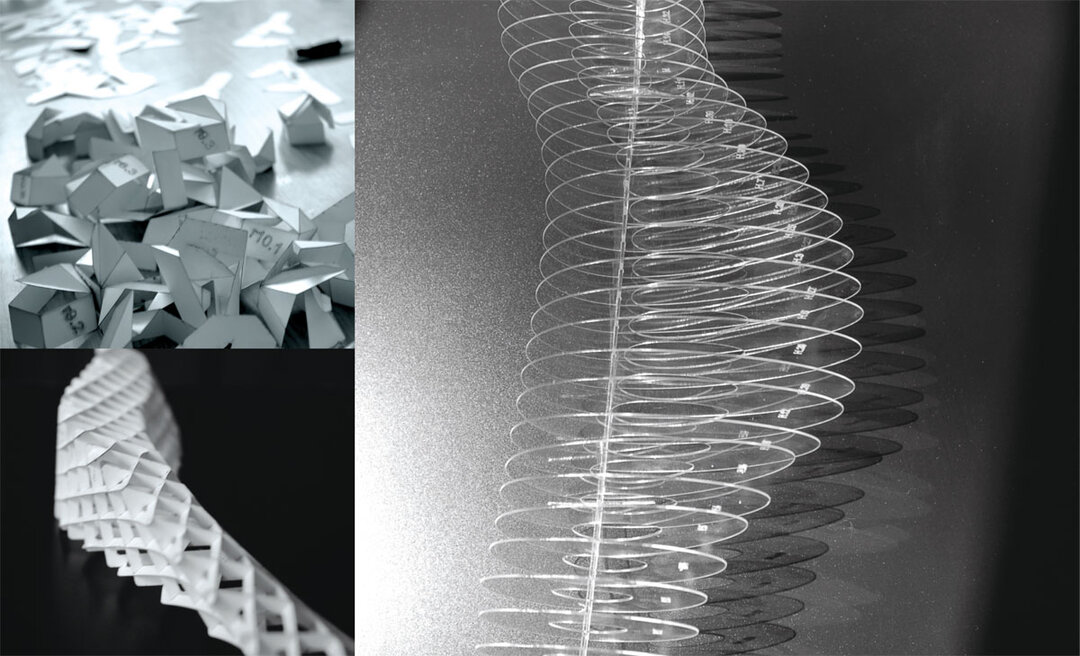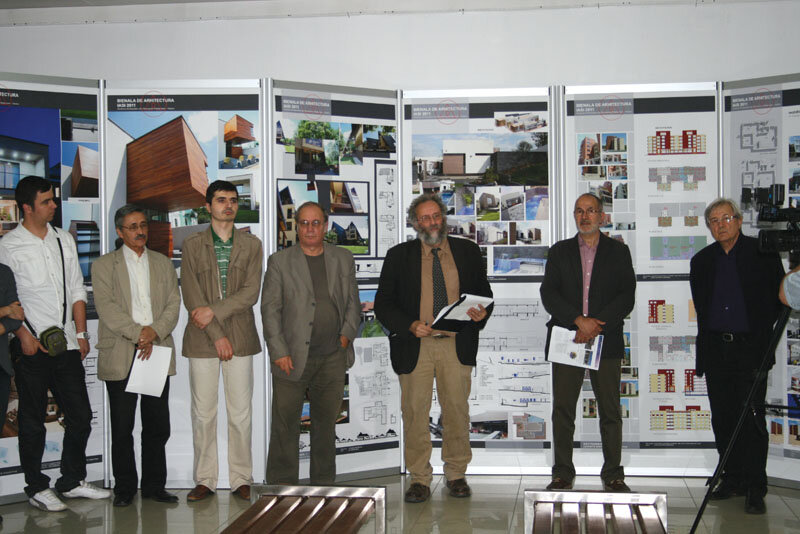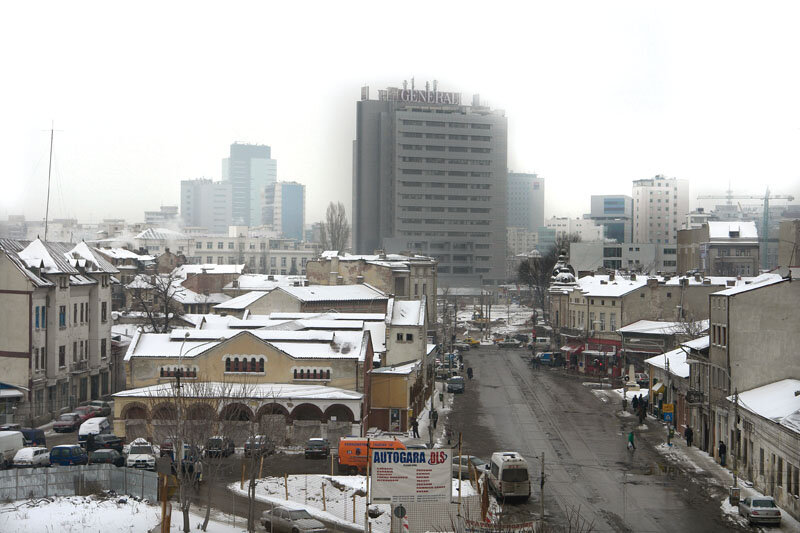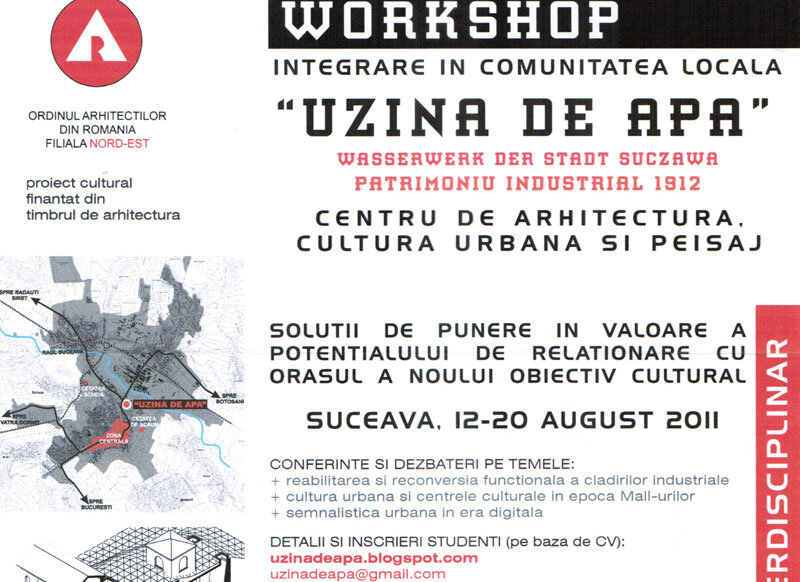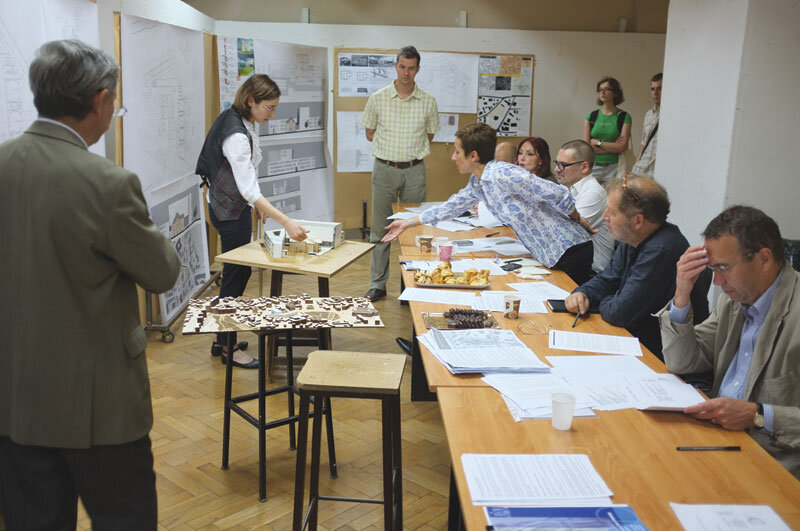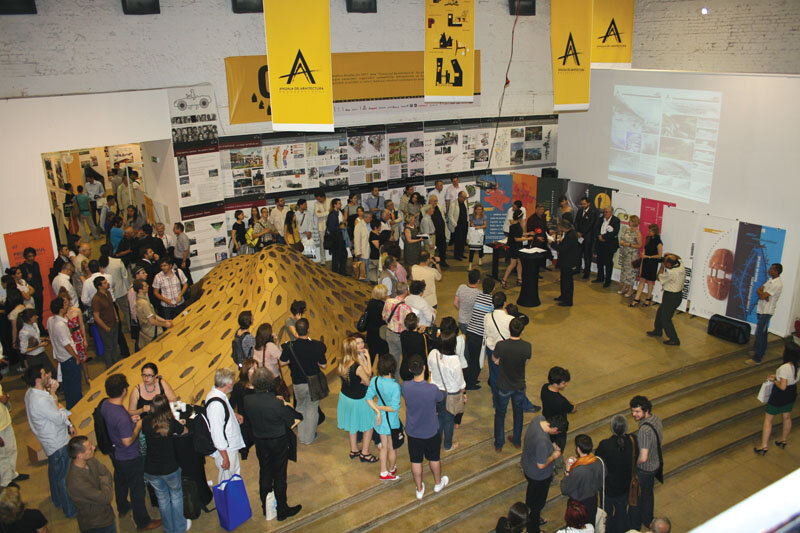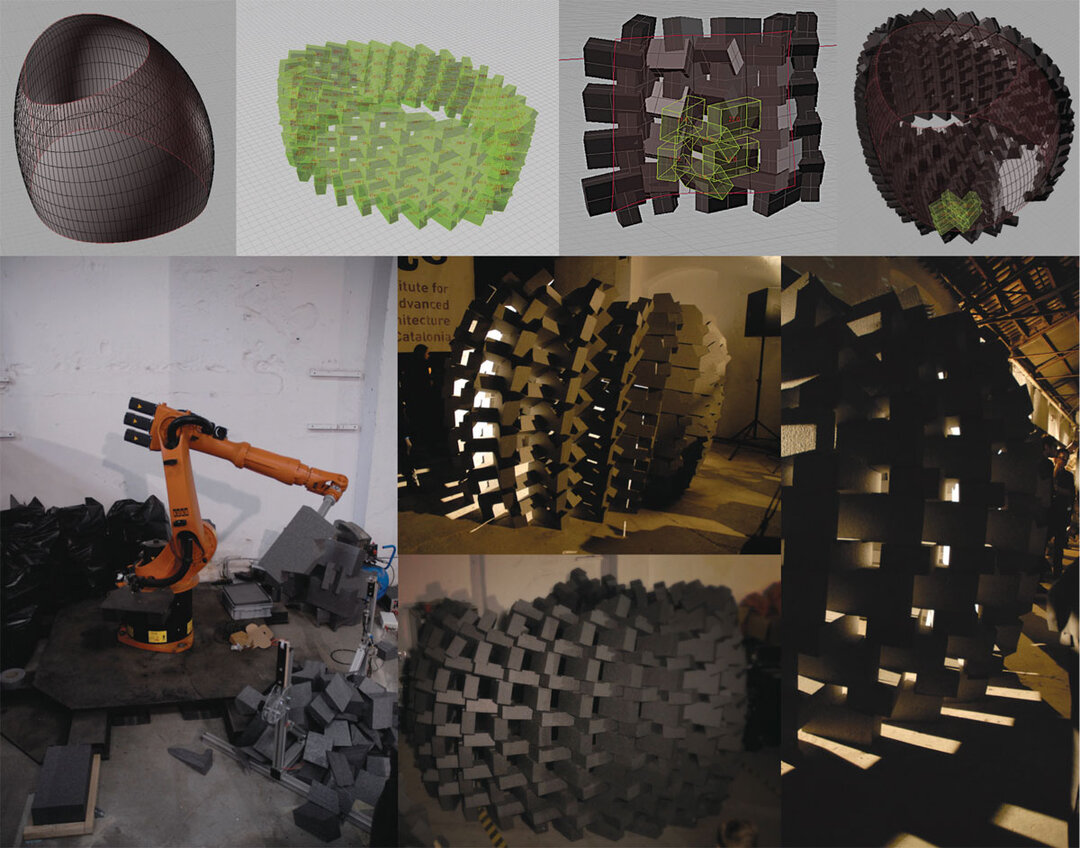
Public versus private in post-Decembrist Romania - Urban planning and architecture based on "Excerpt from the Land Register"
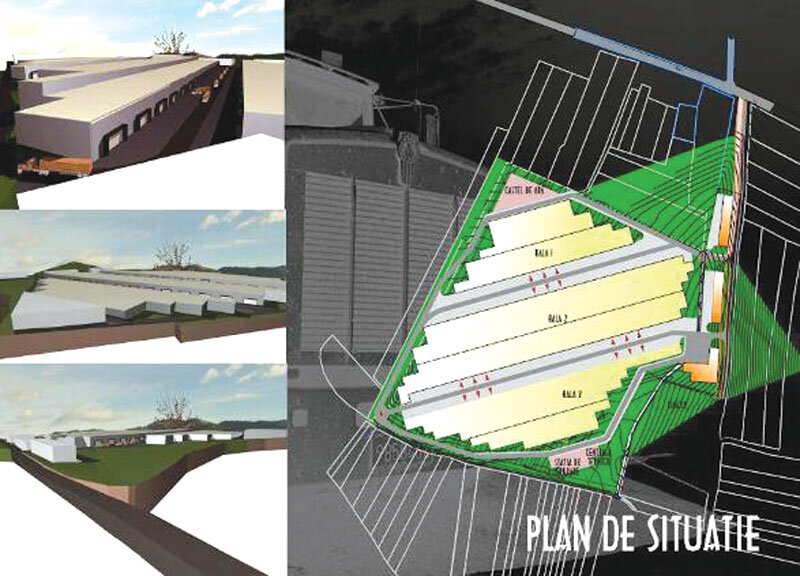
| Our postmodern times (beyond the architectural current of the same name), and therefore historicist, have accustomed us to the diachronic treatment of styles/trends or synchronous (also a bundle of diachronies) in art and architecture, where history has constantly rewarded innovation. Succession, thus realized, manifests itself in a somewhat Oedipian manner (with only politicians of certain orientations pedaling the real possibility of the revolution-evolution option), existing casuistry linking over millennia the manner in which the new pharaoh left the palace of the previous one to realize another at some distance - to the manner in which, with or without manifestos, styles debunked each other: closer modernism to 19th century eclecticism and in turn to postmodernism. This succession was manifest and antithetical to the point of rupture, depending on whether it occurred in anistorical, historicist or anti-historical periods. Their motivation stemmed overwhelmingly from a vision tributary to evolution and progress, the cases of regression from a "golden age" or the disillusioned "nothing new under the sun" being rare, hardly compatible with the messianism of creation (let us however note the hybrid "dialectical spiral"). In 2008, in Chicago, the prestigious Planning History Society organized an international congress on PUBLIC VERSUS PRIVATE - CONFLICT AND COMPLEMENTARITY IN CONTEMPORARY URBANISM, given the reintegration of former totalitarian areas into the international concert. From the outset, urban planning and architecture, both those based on a pre-established plan and "spontaneous" interventions, have presupposed a social contract, with the definition of the relationship between public and private. It follows that, however much we would like to model spaces and gloss over simple or compound ranges from public-private to public-semi-public-semi-private-private, the ruthless and uncomplemented history reveals that this hedonism of volumetric creation is actually determined by other factors. During the more than four decades it operated in Eastern Europe, communism's aggression (and not only ideological aggression) was aimed at the private sphere: the phrase "property is theft", the reference to the large number of articles in previous legislation that targeted economic crimes as opposed to crimes against the person, with the individual at the center of the "new world", the shift towards a collective way of life, etc., were all intended to justify social transformation. Let's not forget that his ambition was to create a new world, and some apologists claimed that these transformations would be like chemical ones: irreversible. Perhaps we should not conceal the role and responsibility of some Western elites in initiating, developing and sustaining this ideology (some even created aesthetics that claimed the superiority of collective arts over the individual arts that they would also replace), that there were decades when these cultural or academic circles were dominant and lynched those who did not share their assertions. On the other hand, let us not forget that the intellectual, in his idealism, is concerned to the highest degree with posterity and that totalitarianisms are precisely those that can install or erase you from it, hence the vulnerabilities revealed by history. Encouraged by the need for post-war reconstruction and the desired social mutations, this approach has affected the living environment through both urbanism and architecture. Read the full text in 3 / 2011 of Arhitectura Magazine. |
| ABSTRACT Along the four decades it has operated in Eastern Europe, communism had as one of the main targets of aggression the private sector: the expression "property is a theft", the large number of articles from the previous legislation targeting economical crimes compared to those against a person, the directing towards a collective lifestyle, etc. Romania, through its historical pattern (including the oscillation between synchronism and protochronism), has been extremely afflicted in this way and the backside of a prolonged post-revolutionary situation was an urban and architectural void. After 1990 Romania (with a historical oscillation between synchronism and protochronism) has been extremely afflicted and the backside of a prolonged post-revolutionary situation with a crisis of all authority resulted in an urbanistic and architectural void that changed dramatically the manner to make urban planning. The first years were those of urban planning "according the title of property on the land". The last years are these of preliminary studies of metropolitan areas and neighborhoods compatible to this style of life. There are some layers that still compose the urban practice today. Ordinary people still do not have an urban culture and do not know their rights as consumers because they inherit effects of the "weak state" totalitarian that replaced traditional democratic structures with a continuum amorphous. The customer attempt to earn at least 100% and is ready to do all on this way. The ordinary designer must observe quite all because design is only 1-10% from the total amount of the work (Doctor Faustus must have been a planner because we a ready to sell our soul to realize "our great oeuvre"). The Ministry had some benefit by European contacts, but is limited in action by the present philosophy of decentralization and local autonomy. Some urban planners from universities are freer and they try to promote quality and exercise some influence on future planners and we intend to present some works derived from TOD (Transit-Oriented Development). There is an oscillation between the American model of neighborhoods and various European models (not synchronized because Romania is still emergent and not so crowd in this instant), a certain seduction is aroused by New Urbanism around Prince Charles and the cult of historical patrimony (see by some like "title of propriety"). The merit in the last years comes from the local's councils that started to not make admittance of exaggerate exploitation of soils or building of blocks of flats in residential areas, asking a minimum of equipment for the new neighborhoods, not admitting abusive changes of general plans by zonal plans and even starting to demolish some illegal buildings. We can only hope that the reintegration of Romania into this domain will not generate comments such as the AA chronicle at the first Romanian pavilion after 1989: half laments after the historical monuments demolished by Ceausescu and the other half undigested exercises of postmodernism and deconstructivism. We must admit that the merit for a change comes last years from the citizens and the local councils that started to not make admittance of exaggerate exploitation of soils or building of block of flats in residential areas, ask a minimum of equipments for the news neighborhoods, not promoting the acceptance of abusive changes of general plans by zonal plans and every started to demolish some illegal buildings. |

